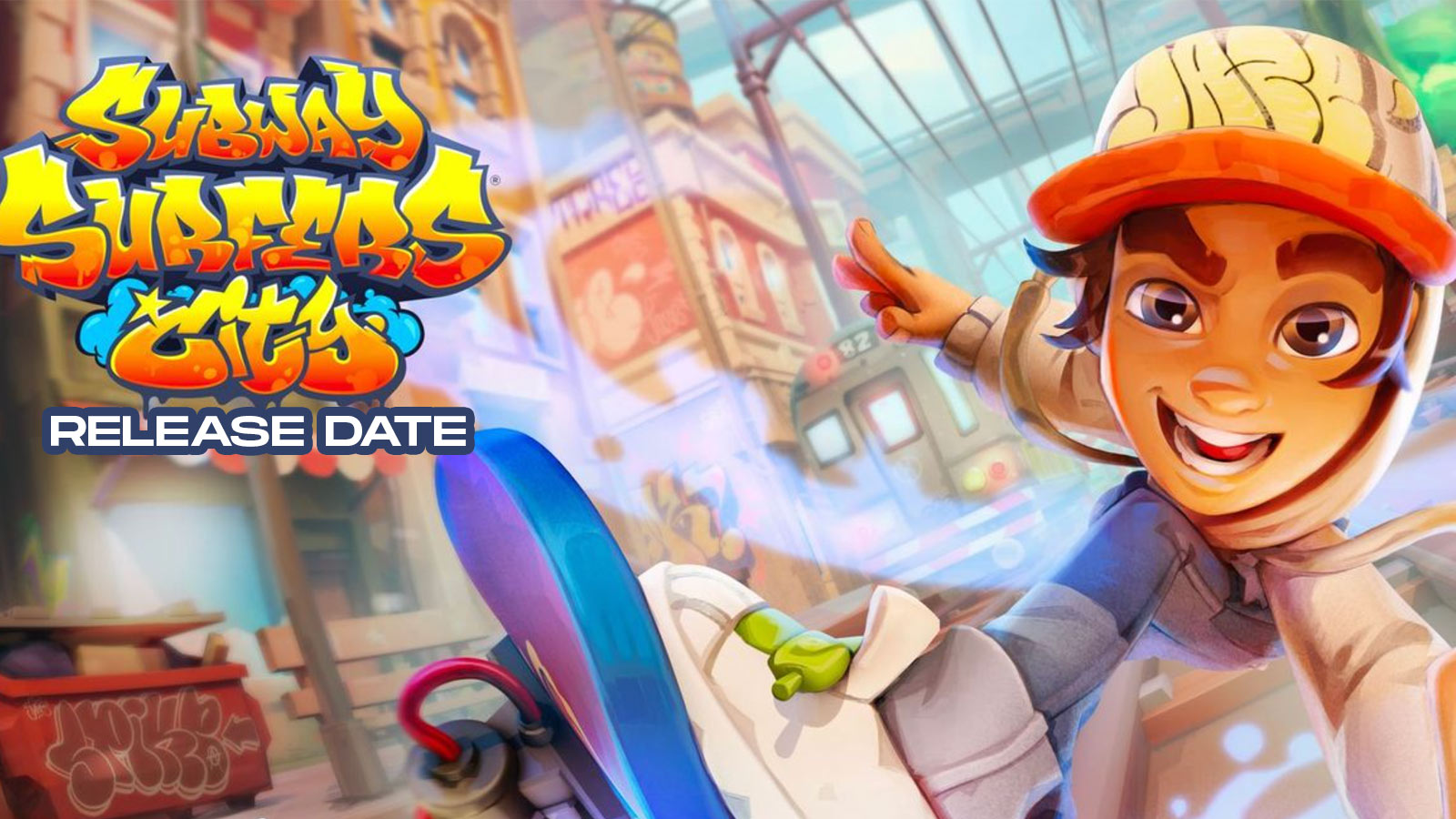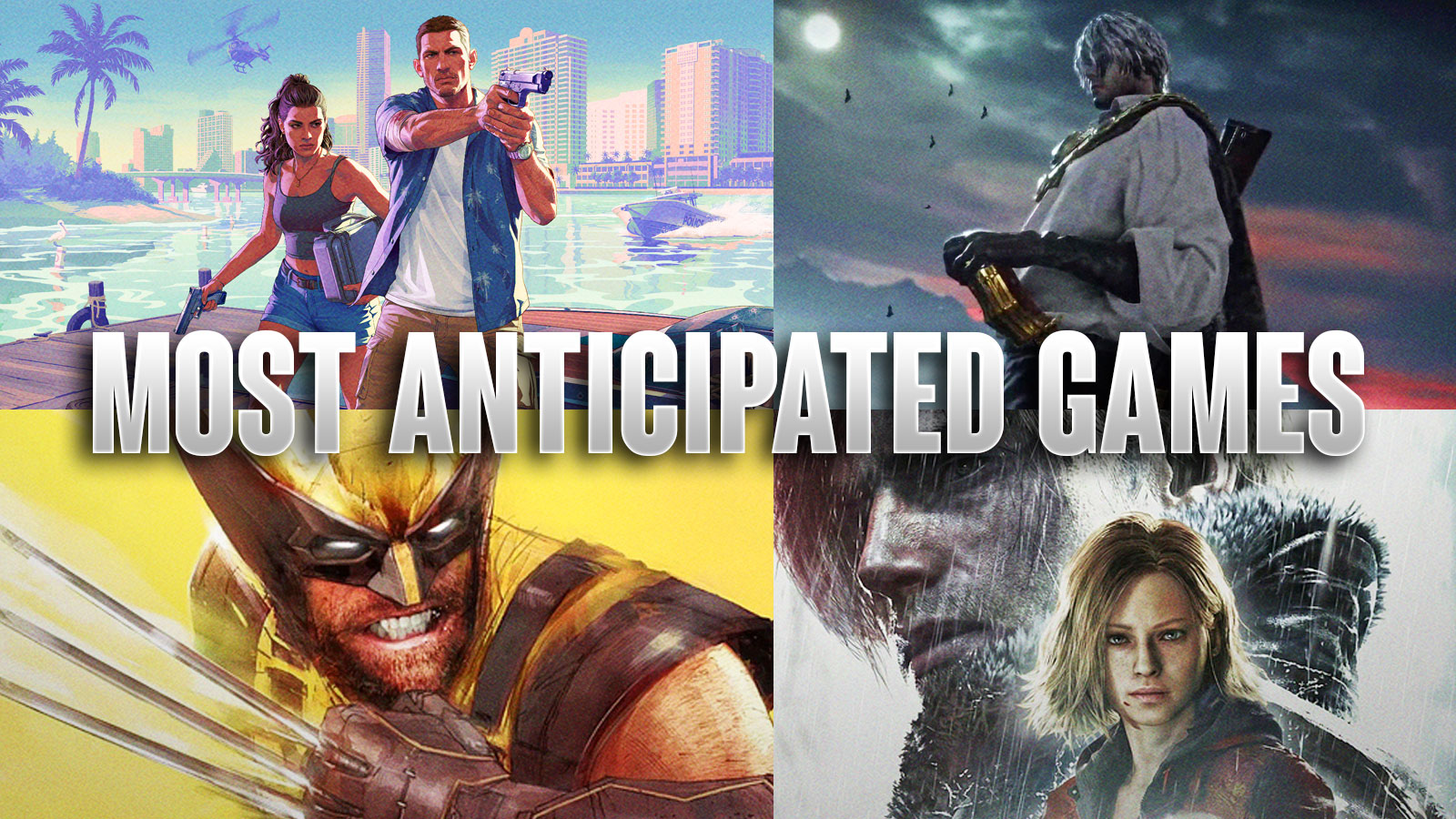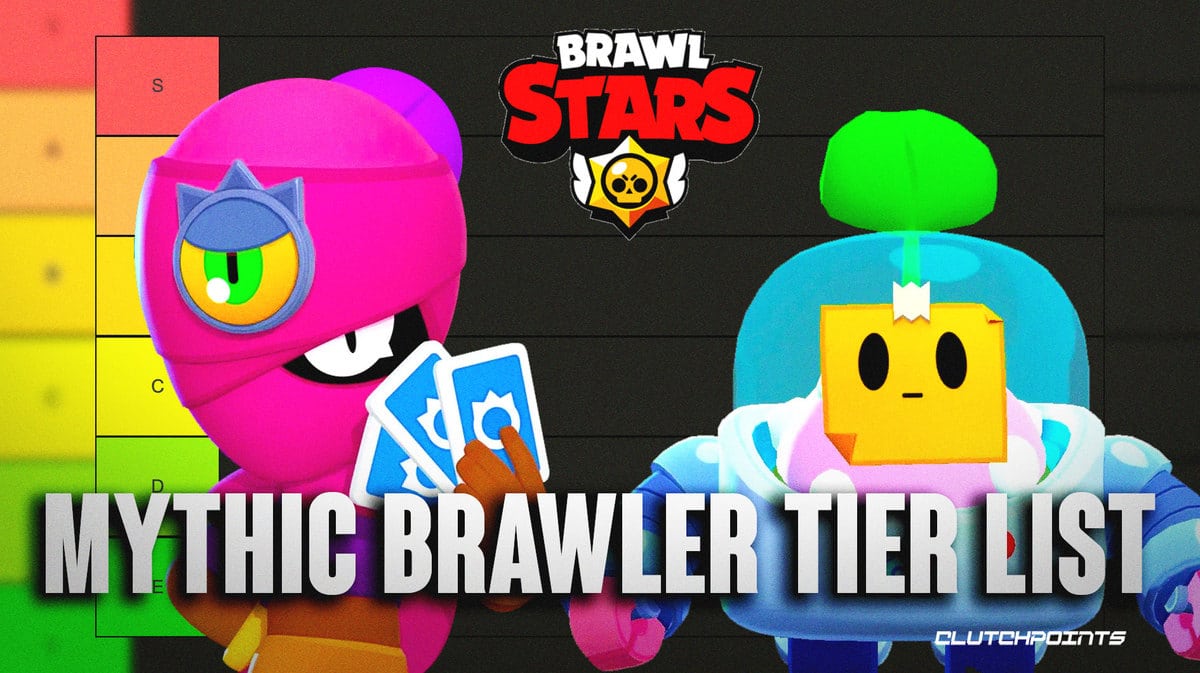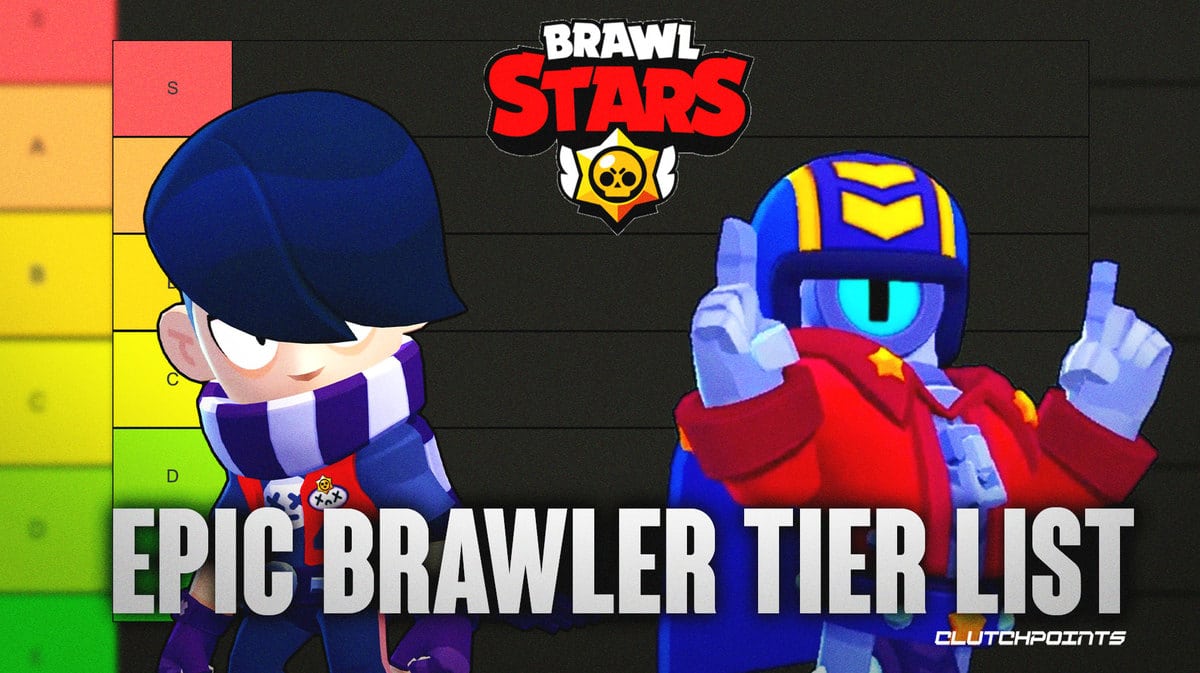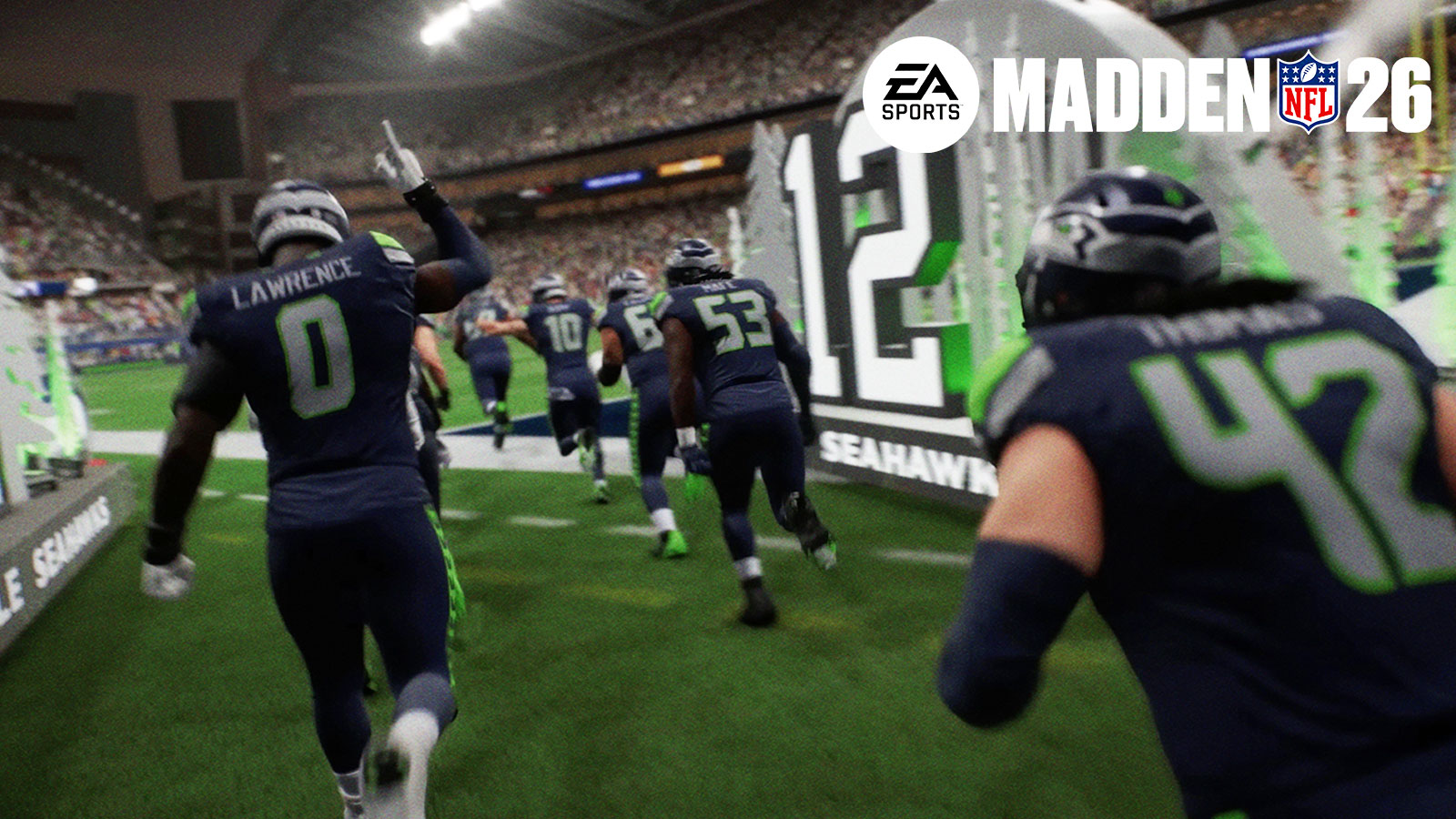The release of the much-awaited Ghostwire: Tokyo is finally upon us, and I've had the pleasure of exploring the “beautifully haunted” streets of Shibuya several days prior. Read on to find out my thoughts on gameplay mechanics, worldbuilding, performance, and more.
Note: A review copy has been provided by the publisher for this review. The publisher has not seen this article's content before publication. This review is based on a PC copy of the game.
The World of Ghostwire: Tokyo
The game is set in Shibuya, a special ward of Tokyo, Japan. Iconic real-life sceneries like the popular Shibuya Crossing has been beautifully recreated in-game. In fact, the Shibuya Crossing is one of the first things you see through the eyes of Akito, Ghostwire: Tokyo's protagonist.
A striking difference between the real Shibuya Crossing and the in-game one is the staggering lack of people. The streets of Shibuya are devoid of any humans sans Akito, protected by his spiritual companion KK. While that does make the game sound desolate, fear not, for for Akito is not alone. Shibuya is now teeming with the haunted forms, called Visitors, from “the other side”.
But don't worry, they're not all bad.
Due to the sudden disappearance of the whole Shibuya population, many trinkets and relics can be found littered all around the explorable area. Fast traveling may be available, but traversing through the map does not feel like a chore most of the time, due to the little discoverables you might find.
Ghostwire: Tokyo's open world might feel suffocating at first, but keep cleansing Torii Gates and you'll find yourself in the middle of a wide city.
Ghostbusting Combat
The game is first person, and Ghostwire: Tokyo is technically a first-person shooter. Akito's Ethereal Weaving that emanate from his fingers allows him to battle the Visitors that haunt Shibuya. The combat system starts out slow, with only one method of attack – Wind. However, as you progress through the story, more and more avenues of attacking became available to me. Fire, Water, and even physical weapons like a Bow and Arrow can all be equipped down the line.
In big fights, swapping may be necessary, and this is a mechanic that I had no choice but to learn. It took a while, but I found that the method of using the mouse wheel to swap to my desired element the easiest. Players using a controller may have a different experience, but for me, a part of my focus was always dedicated to tracking which button I have to press to get the desired method of attack.
Akito is also equipped with plenty of talismans, pieces of enchanted paper that produce different effects, like stun enemies in an area or make a bush to avoid detection. This, combined with the many attack choices, can be a little confusing in the heat of battle.
Using the middle mouse button to block also took some getting used to, but once I got the hang of it, Perfect Parries were a walk in the park.
Ghostwire: Tokyo has 4 difficulty settings, namely Easy, Normal, Hard, and Tatari. Tatari is the game's hardest difficulty, and I would definitely not recommend it for your first playthrough. I played on Easy and Hard difficulty, to see what would change. While being on Easy itself is not a cakewalk since enemies are great at punishing mistakes in this game, Hard just takes more out of you.
Enemies are significantly in bigger groups, and take more shots to kill. Pair this with the fact that Ether, the game's “ammo”, is also scarcer on Hard. I also took more damage than I did on Easy mode, which was to be expected.
General Gameplay and Story
The setting of the duo Akito and KK as they fight their way into the occult is as well as can be done. There were mind-bending scenes where I felt some Paprika and Stanley Parable vibes, which is always a welcome surprise. Ghostwire: Tokyo does not shy away from shaking things up once in a while. It's not often enough that it's obnoxious, but just the right amount of spice to keep you interested.
Ghostwire: Tokyo only has a handful of characters, all thanks to the disappearance of literally every human being in Shibuya. The lack of other people has the indirect effect of making otherwise mundane characters easy to remember. It's not like the streets are completely drained of life, either. Cats and dogs wander the streets, and there's even some nekomata.
This game is a horror game at some points. In more occasions than I expected, I got genuinely spooked and might have yelped in surprise and/or fear.
Graphics & Performance
Graphics is top-notch. Tango Gameworks has crafted a beautiful diorama of a Shibuya littered with spirits. Even the littlest things have obviously gotten some tender love and care from the development team. The rain and Akito's Ethereal Weaving being examples, as instead of rain drops, the Japanese character for rain is instead representing the drops. Particles on Ethereal Weaving have the same effect, and display the appropriate Japanese character for the Ethereal Weaving element.
Ghostwire: Tokyo publishers Bethesda put out the minimum and recommended specs for the game. Personally, the PC I used for this review was significantly more powerful than Bethesda's recommended specs, but I still experienced frame drops. I capped my FPS to 60, which the game performed at constantly for most of my time playing it, but there were two things that I noticed were most likely responsible for pulling my FPS down.
First is rain. If it's raining in-game, I have come to terms with the fact that I'll probably get my frames halved and it will not be a pleasant experience. Due to the fact that every rain drop is a Japanese character and definitely had higher fidelity than a regular rain drop, I suspect this is the cause.
Second is enemies. Frames dropping when enemies are on screen are understandable: more enemies means more entities to render. Ghostwire: Tokyo gave me a weird experience of having my FPS down on the single digits when enemies are aggro‘d on me. Even before they're on my screen, having an enemy acknowledge my presence seems to be enough for my frames to drop.
Update: After a small patch, these issues seem to have lessened/fixed completely. Kudos to the development team.
Opening the map is also an unpleasant experience sometimes, as it focuses first on the recently discovered side missions, and, depending on how many there are, this “reveal” may take upwards of 15 seconds. The minimap is similarly flawed, as the path to the waypoints are mostly unreliable. That being said, these are both minor qualms and definitely did not reduce my enjoyment of the game.
I only encountered a bug once, which prevented me from progressing my mission because the object I was supposed to interact with bugged out and became uninteractable. This was quickly solved through a quick save-load cycle, luckily.
The camera speed and motion blur can also cause nausea for those who are sensitive from it. Personally, I don't easily get motion sick, but I felt slight nausea even when motion blur was set to Low. I had no choice but to turn it off for the game to be playable for more than a couple hours.
Final Thoughts
Ghostwire Tokyo has earned a score of 8.5/10 from me. It is a great game, yes, but I wouldn't it the best game ever made. Performance is demanding, and the camera movement in particular that made me nauseous might affect overall gameplay. It goes deep into Japanese folklore, which, while interesting on its own, is understandably not for everyone. If you ask me, I found Ghostwire: Tokyo's foundation in Japanese folklore quite interesting.
Ghostwire: Tokyo is an experience that you definitely should not deny yourself. I would say that it has matched the hype that it built up from the moment that it was announced, as it delivered on its promise. While it has kinks to work out in terms of optimization and improvements in player experience, it's still a treat to take in this work of art.
In my first hour of playing, my initial thoughts were “This is definitely a game I would play more than once.” And, with a reported game length of 15 hours, it's certainly feasible. I would love to take on the game on its hardest difficulty, Tatari, after mastering the combat mechanics of the game.
As somewhat of a completionist myself, I'm giddy about the idea of collecting every spirit and relic in the game, as well as clearing every side mission. On second thought, this playthrough might take more than 15 hours after all.
If you found our Ghostwire: Tokyo review helpful and feel that the game is for you, you can purchase Ghostwire: Tokyo using our affiliate link. Clicking the links and purchasing from the website may result in ClutchPoints receiving monetary compensation.










